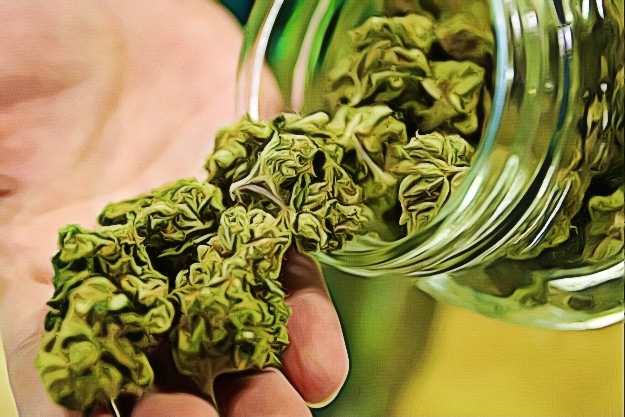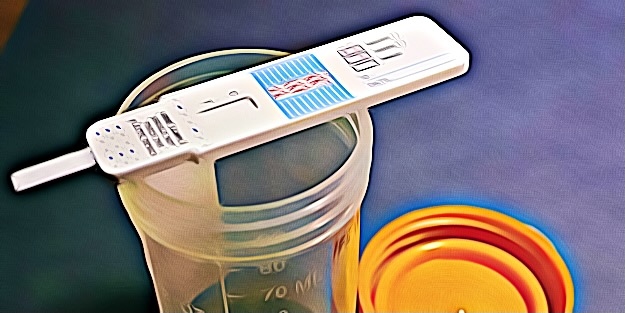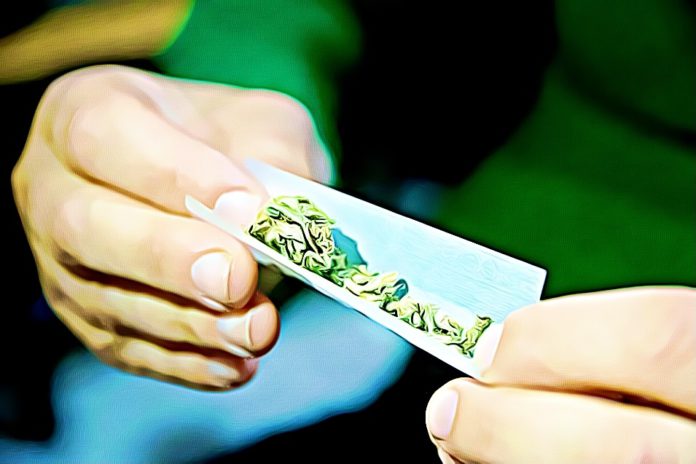In recent years, no substance or drug has gained as much buzz or speculation as marijuana. Often perpetuated in modern media as a “happy drug,” this specific natural narcotic has been constantly linked to America’s growing illegal substances crisis and war on drugs for nearly a century. In fact, over its history, marijuana has sparked some of the most critical discussions between lawmakers, former addicts, and convicted dealers because it stands as one of the most sought-after substances to this day.
Today, marijuana has been slowly introduced into a legal foundation, where it is now being used, developed, and manufactured into a product that can serve recreational and medicinal purposes. Thanks to the drug’s steady legalization, the modern cannabis market has shot up to become a multi-billion dollar industry that is now supported by millions of consumers!
If you’ve been purchasing and consuming marijuana products for a while now, you’re probably well-aware of the fact that different regulations have sought to control and normalize usage. Yet, as you continue to smoke, eat, or take any cannabis products based on your prescription or preference, the chances are that there’s one question that you may end up having: “How long does marijuana stay in my system?”
How Long Does Marijuana Stay in Your System?
When it comes to the topic of time, the question above has a variety of answers because marijuana—like any other drug—holds various durations depending on different factors.
Although there are many answers to how long marijuana stays in your system, you must understand that the figures and expected times you seek all boil down to several key points. To best form your expectations of general longevity and detectability, let’s look at the most common perspectives that will help provide a well-rounded answer:
How Long Does Marijuana Stay in Your Urine?
Often, the concept of understanding how long marijuana stays in one’s system is synonymous with urine—and for good reason.

Regarded by drug testing facilities and medical experts as the “gold standard” for detecting the presence of “weed” in a system, urine is by far the most accurate and accessible medium. Thanks to its ability to reflect a real-time status of the drug’s primary compounds, it helps laboratories and testing facilities provide accurate results that dictate the presence of marijuana and the frequency of usage.
Based on the standard guidelines set forth by regulatory agencies and researchers, the overall duration of the presence of marijuana in urine follows these timeframes:
- For Single-Use or New Dosages: Up to three days
- For Moderate Use (which is defined as = <4 times a week): Up to four days
- For Heavy Use (which is defined as daily use): Up to ten (10) days
- For Chronic Use: Up to 30 days
How Long Does Marijuana Stay in Your Blood?
Although it is far less common than urine in the context of determining the presence of marijuana in one’s system, blood is just as accurate as the primary medium of detection.
In rare cases of blood tests, the presence of marijuana in the blood isn’t as dependent on usage frequencies because they can determine the presence of indicative metabolites for up to 25 days. However, providers may prefer to avoid this type of test because of its invasive nature and higher associated costs, which explains why it is far less common.
How Long Does Marijuana Stay in Your Saliva?
If blood in the context for marijuana detection was already far less common or unfamiliar, then the case for saliva is another story. At the same time, this doesn’t take away from its validity as a medium of detection.
Due to the advancement of modern medical technology, saliva tests have proven to become a more convenient and increasingly-available method for detecting the presence of cannabis in the body. Albeit its convenient nature in the aspect of testing, saliva only holds any indicators of marijuana use quite briefly, which is why it has the shortest time frame that currently stands at 24 hours after usage, at most.
It is worth noting that results generated through saliva testing can be affected when breath sprays, mouth wash, or oral rinses are used within half an hour prior to sample collection!
Marijuana Drug Test
Corresponding to the different mediums of detection, several types of marijuana tests now exist to serve any purpose, such as work, educational, or legal applications wherein a drug test is required. While there are a handful of other different testing methods that manufacturers and researchers are currently developing, there are three main options that are widely used today:
- Mouth Swab Drug Test
The mouth swab drug test for marijuana metabolite detection is fairly straightforward: it uses the fluids within one’s mouth to determine whether or not one has consumed or ingested marijuana within a given period.
During this test, a test administrator will take a lengthened cotton swab and brush through a specific part of the mouth (such as one of the inner cheeks, gums, tongue, or roof of the mouth). After one swab is collected for one area, separate swabs are taken for other areas in the mouth for collection. Once all swabs are made, they will be mixed with pertinent formulated compounds to accurately determine the presence or absence of marijuana (and other drugs) during a saliva drug test.
- Hair Follicle Drug Test
In recent years, employers, law enforcement agencies, and other authoritative bodies have switched over to hair follicle drug tests because of their ability to gather data from a longer detection period.
Despite being more expensive than a traditional saliva or urine drug test, a hair drug test is far more reliable as a means of detecting the presence of marijuana because it can identify drug use for up to 90 days. This method can work with a much longer detection period because drug metabolites get trapped in the core of the hair as it grows. In fact, a 1.5-inch hair follicle can show drug use over the previous 3 months due to the fact that most people’s hair grows a half-inch each month!
- 10-Panel Drug Test
Used as a “one time, big time” type of testing method, a 10-panel drug test is one of the most widely-used detection tools to determine the presence of marijuana in one’s body because of its effectiveness and lower cost.

Functionally, this type of testing method will look for ten of the most common drugs that a person may be abusing, a selection that is divided into five common prescriptions and five illicit street drugs. Alternatively available in a five-panel drug test, this method—which is also simply known as a urine test—is especially helpful for marijuana detection because it uses a person’s urine as a primary sample!
Marijuana Effects
Beyond testing, the most accurate indicator of marijuana use—regardless if it is intended or unintended—is the experience of common effects associated with the natural drug. Here is a list of common effects that are prevalent in any method of ingestion or consumption:
- Dry mouth
- Swollen eyelids
- Bloodshot eyes
- Pleasurable body sensations
- Increased appetite (“the munchies”)
- Relaxation
- Stimulation
- Distorted perception (sights, sounds, time, touch)
- Loss of coordination
- Trouble with thinking, memory, and problem-solving
- Increased heart rate
Conclusion
Although marijuana has become legal in most American states, many companies, schools, and other authoritative bodies have still maintained a firm stance on constant testing, which is why it’s vital to be aware of how long it lasts in the body. Through this guide’s help, you’ll be able to determine how long marijuana has stayed in your body so that you can approach a test with the right expectations or conversely, determine if a loved one is suffering from an addiction to pot!
Sources:
















